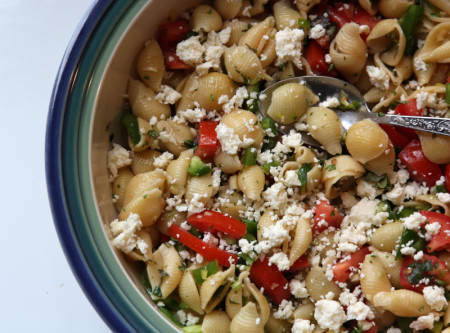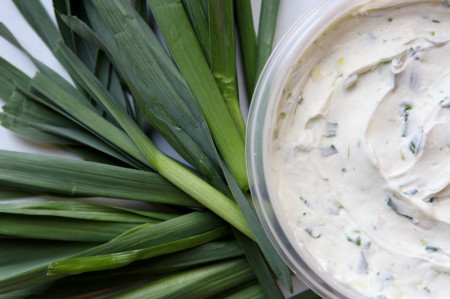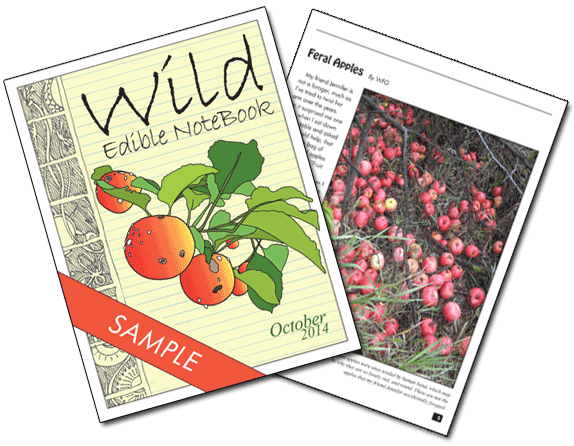
The season’s change is upon us, even here at 10,000 feet in the Colorado high country. The snow has started to melt away, leaving the detritus of last year’s tourist season in its wake—the bottles and bits of paper and crumpled, dirty cloths and tons upon tons of dog leavings. But there are also green things emerging from under the blackened snow drifts; the promise of foraging season is nigh.
We celebrated with a car picnic, which I dreamed up to get Gregg out of the house, as he is now in week four of his mandated six weeks on crutches after his second knee surgery, or our third consecutive knee surgery as a couple, depending how you look at it.
That morning I whizzed around the kitchen to whip up some food to pack along, aiming to use up as many of the wild ingredients, both fresh and preserved, as I had on hand, since I am still, if somewhat lazily, under the spell of spring cleaning. Then we took a happy drive in the sun to the north end of the county, me reading aloud selections from Richard Mabey’s Weeds (2010), Gregg checking out the spring scene around us and announcing each vista one after the other—a kayaker kayaking, a fisherman fishing, a tall eagle’s nest, a person on horseback, baby cows. Then we camped out alongside the river and had a look around at the first signs of spring’s emergence at 8,000 feet—once in a very small, crutched radius, and the second time a longer but faster solo mission by yours truly while my better half napped—before retiring to the Vanagon, whom we call Myrtle after Gregg’s late grandmother, for the honorary unfolding of her picnic table for the first time this season.
Among the dishes I set out was a pasta salad, the piece I worked hardest on, and a wild garlic-onion cream cheese spread, which though super easy I thought I’d messed up, but over which Gregg went absolutely gaga regardless.
The pasta salad uses a lot of wild plants, some domesticated by my friend Butter, for flavoring. It also uses up (finally!) that jar of pickled wild asparagus spears I made last summer following an online recipe that turned out too spicy and too sweet for my taste. I was excited to find a use for it, as I had begun to think the time had come to waste that asparagus once and for all. I even used some of the brine in place of vinegar in the salad. The pasta salad turned out great. I liked it enough to eat the leftovers for breakfast and lunch on a single day:


Pasta Salad with Pickled Asparagus & Wild Stuff
Ingredients:
Small shell macaroni
Olive oil
Wild oregano (Monarda fistulosa) greens
Queen Anne’s Lace (Daucus carota, or “QAL”) greens
Wild garlic-onion* (Allium sp.)
Tomatoes
Green peppers
Chopped bits of pickled wild asparagus
Pickled wild asparagus brine
Parmesan/Romano grated cheese mix
Queso cotija (Mexican dry cheese)
Instructions:
- Boil macaroni, drain, and cool.
- Mix in oil to desired noodle lubrication, a couple spoonfuls or more of pickled asparagus brine, and grated Parmesan/Romano cheese to taste.
- Finely chop and add the fresh herbs—wild oregano, QAL greens (which are like parsley), and a bunch of wild onion bulbs and greens.*
- Chop and add peppers, tomatoes, and pickled asparagus.
- Crumble in a generous amount of queso cotija, mix, chill, and serve.


Wild Onion Cream Cheese Spread
Although he liked the pasta salad, by far Gregg’s favorite finger food of the trip was the wild garlic-onion cream cheese spread, which I served with pretzels. It was simpler than simple, though I feared I’d overdone the kefir—a home-fermented milk that I use in place of sour cream. But instead it had Gregg exclaiming things like “Fresh wild onions are the best wild onions!” with touchingly honest enthusiasm.
Ingredients:
1 package cream cheese
More than 1 cup of finely chopped wild onion bulbs and greens (Allium sp.)*
Kefir or sour cream
Instructions:
- Mix together to desired creaminess.
- Serve with pretzels or crackers.

*NOTE: In some regions there is concern about the over-harvest of wild Allium species, such as ramps or wild leeks, particularly by commercial collectors. New England forager Russ Cohen, who has observed damage to wild leek patches in Massachusetts from large scale digging, comments: “I encourage this sustainable harvesting method for ramps: pick only one leaf/plant, leave the remaining leaf or leaves attached to the bulb, and leave the bulb in the ground. That way you (and others) can return to the same ramp patch year after year without harming it or its habitat.” I include this comment to encourage foragers to look critically at their ramp or wild onion patches, especially those who return year after year to the same patch, to take stock before taking action. If there is a concern, these recipes should work well with greens alone.
CAUTION: Some wild onions have toxic lookalikes, among them death camas (Zigadenus sp.), which can share the same habitat, especially here in Colorado where I live. Queen Anne’s Lace has a deadly lookalike too, poison hemlock (Conium maculatum). So make certain you have the right plant, and it is safe, before eating.

That allium dip looks so good. I like the look of the pictures with the recipes. I don’t know what you’ve done different with the layout (if anything), but it strikes me as different and very nice.
Green underlines. Thanks B